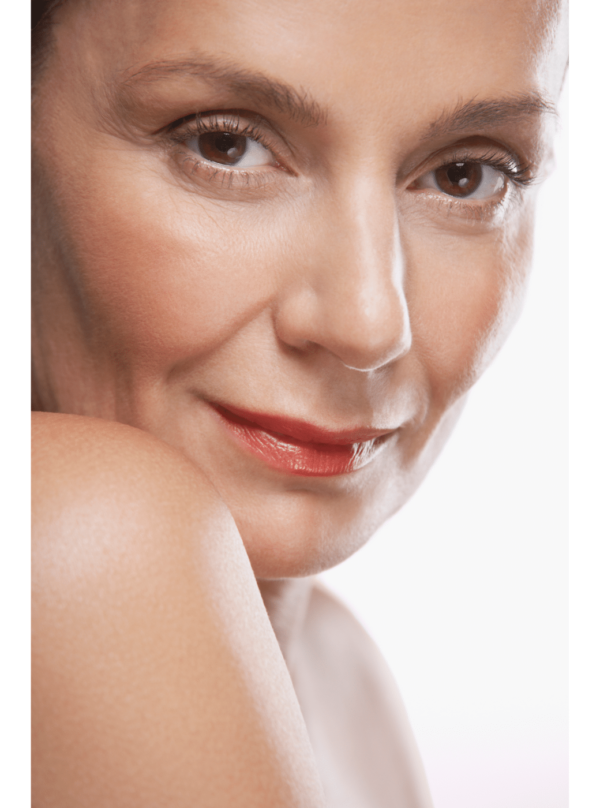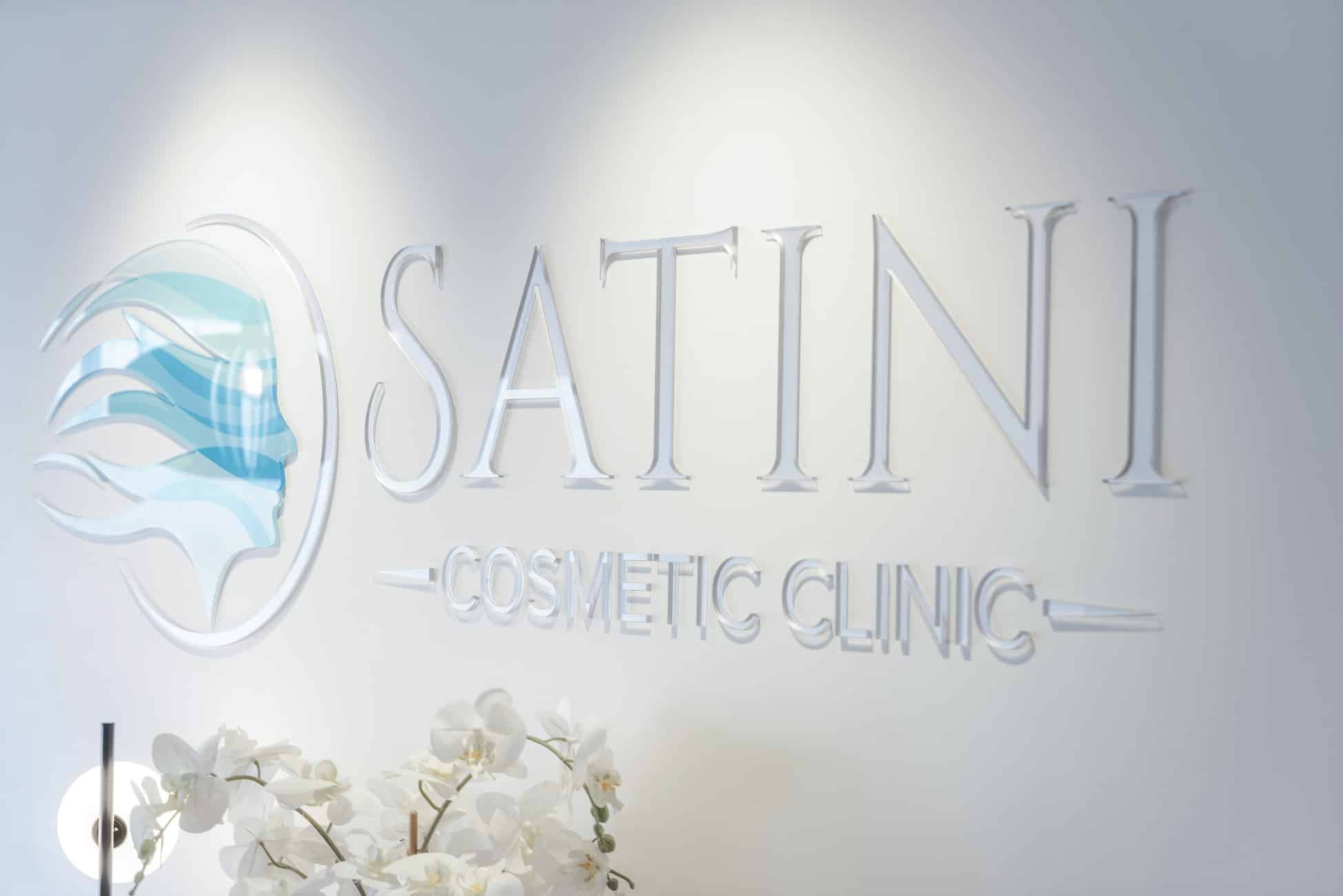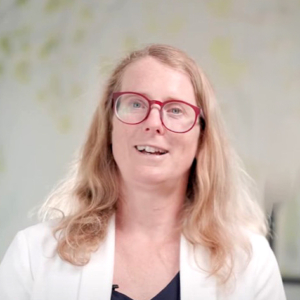Dermal Filler Complications
A lot of people enhance or rejuvenate their faces with dermal fillers, and it has almost become the new normal. Over the last 10 to 20 years more and more dermal filler treatments are being performed and statistically, millions of procedures are performed every year. And on top of that, demand is ever-increasing.
But even the most popular and safe treatment can rarely cause complications. After all, it is still a medical procedure and should only be done by medical experts. We think that it is very important that even though it is so popular-you know very well what you let yourself into and are well prepared for the very rare event that something does go wrong, even if you are in the best hands.
Dr Nadja Haub says:
Dermal fillers are a very safe treatment is performed by a qualified doctor or a nurse who works closely together with a doctor. Before you have dermal fillers, it is important that you fully understand possible risks and complications-even though they are rare. If you have second thoughts, make sure you ask all your questions before the treatment. And only have the procedure done when you feel comfortable that you are in good hands.
To help you make a well-informed decision, we have listed the most common complications in our blog. Please bear in mind that dermal fillers are still very safe if done properly and speak to your doctor if you have more questions.

Bruising
Bruising happens in approximately 10 to 15 % of dermal filler treatments. Even the most skilled doctor with the smallest needle will sometimes cause bruising. But the good news is that you can do a few things to prevent it from happening. Here is how
·Do Not take any anti-inflammatories for 2 to 3 days before the treatment.
·Stop taking oily supplements such as Omega 3 oil, fish oil, and liver cod oil. They are blood thinners and make you bruise more easily.
·Refrain from drinking alcohol the evening before.
·Apply arnica cream for 2 to 3 days before the treatment.
·Do Not drink too much caffeine on the day of the treatment. It makes your blood vessels bigger.
If you get any bruising, it will always disappear within 7 to 10 days. Apply lots of icepacks on the day of the treatment and arnica cream can help ease it as well. There are some make-ups available that are specifically designed to cover bruising.
Swelling
How to reduce swelling after dermal fillers?
A mild degree of swelling is normal after a dermal filler treatment. This is because the skin gets a bit inflamed after the procedure. usually, this resolves within a few hours up to one or two days. Again, ice packs can help reduce the swelling but please do not take any anti-inflammatories for 3 days after the treatment as these can make you bruise.
In the rare event that the swelling is more than what you would expect, please contact your doctor. Very rarely, swelling can be caused by an allergic reaction. If this was the case you would need to be treated with antihistamines or even steroids.

Discomfort or Pain
Many people who have dermal filler are actually surprised at how little it hurts. This is because the needles used to inject the filler are specifically designed for cosmetic procedures. They tend to be extra small and penetrate the skin easily. On top of that, the dermal filler is mixed with a local anaesthetic that starts working quite quickly and helps ease the pain.
If you are quite sensitive to pain, you could take some paracetamol before the treatment or ask the doctor to prescribe you a small amount of codeine that you can take half an hour before you have dermal filler.
It is also really important to tell your doctor if you feel that you have reached your pain threshold. Sometimes it helps to just wait for a little, try deep breathing techniques and have a cup of water in between. Very rarely, the doctor can perform a nerve block to ease the pain.
Infections
The most important thing here is to prevent infections rather than treat them. read her how you can prevent your filler from getting infected.
How can you prevent dermal filler infections?
At the clinic
It is important that you make sure that the clinic you go to is clean and provides high hygiene standards. Any dermal filler procedure has to be done under sterile conditions. This means that the doctor or nurse wears gloves, disinfects your skin thoroughly before and after the procedure and sanitises the surfaces and examiner couch after each client. This will prevent most infections.
After your treatment
Once you had the dermal filler treatment, it is important that you do not touch the treated area too often as this can cause infections.
But in the rare event that you notice some redness, swelling or pus close to the injection site, please see your doctor straight away. Most infections will improve with an antibiotic that you take or apply as a cream. Very rarely, it may be necessary to dissolve the filler.

Can you wear makeup after dermal filler?
It is also best if you do not apply any much make-up for 48 hours after the procedure. This is because you use and touch make-up every day and due to that it contains lots of skin bugs. These bugs are not a problem for normal skin but irritated or inflamed skin after dermal filler injections is much more prone to infections.
At Satini Cosmetic Clinic, we, therefore, provide you with single-use, sterile makeup that you can apply to your skin.
What are rare but more serious complications after dermal filler?
Vascular Occlusion
Vascular occlusion can happen when a small amount of dermal filler is accidentally injected into an artery and blocks it. This complication is very rare and to prevent it, it is important that you get your dermal filler treatment by a qualified doctor or a nurse with a doctor close by. A doctor or nurse will have detailed knowledge of the anatomy of your face and know where the arteries are.
Most of the time, the doctor will know immediately when this complication occurs. This is because the skin turns white and often the patient feels a sudden onset of sharp pain. For that reason, it is very important that you tell your doctor immediately should you feel any unexpected pain.
The doctor will stop the injection immediately and treat the area with an enzyme called hyaluronidase. This will often dissolve the filler and prevent any major problems. But if there are any delays and the artery blockage lasts too long, the tissue and skin behind the artery can be damaged.
Blindness
There is one case of blindness in New Zealand that happened after dermal filler injections. This happened because the dermal filler blocked one of the arteries close to the eye. This is an extremely rare complication and most often occurs when the dermal filler is injected into the area between the eyebrows or along the nose.
At Satini Cosmetic Clinic, we do not perform dermal filler injections into the nose as we deem it too risky.

Are dermal fillers worth it?
This really is your decision. If you get dermal fillers done by a qualified doctor or nurse who works closely together with a doctor, it is a very safe procedure. But if you would like to talk about the Pros and Cons of getting dermal filler, please contact Satini Cosmetic Clinic and speak to one of our doctors. We think that it is important for our clients to have as much information as possible before getting a cosmetic treatment. And we welcome questions. So please get in touch.
Why are dermal fillers so popular?
People love getting dermal filler for all sorts of reasons. One of them is definitely that results are so instant. You can look in the mirror after the treatment and just say “WOW, I do look younger and fresher!”.
It is an easy way to turn back the clock back a little and enhance your appearance in a natural way without other people noticing that you had work done.
But even though so many people have dermal fillers nowadays, it is still important that you know everything about them.
Contact Satini Cosmetic Clinic if you have any more questions. We are more than happy to help.

 1 Nuria Escoda Delgado,2 Vitor Figueiredo,3 José V. Lajo-Plaza,4 Mar Mira,5 Antonio Moreno,6 Francisco Ortíz-Martí,7 Rosa del Rio-Reyes,8 Nazaret Romero-Álvarez,9 Sofía Ruiz del Cueto,5 María A. Segurado,10,11 and Cristina Villanueva Rebenaque1Treatment of Soft Tissue Filler Complications: Expert Consensus Recommendations
1 Nuria Escoda Delgado,2 Vitor Figueiredo,3 José V. Lajo-Plaza,4 Mar Mira,5 Antonio Moreno,6 Francisco Ortíz-Martí,7 Rosa del Rio-Reyes,8 Nazaret Romero-Álvarez,9 Sofía Ruiz del Cueto,5 María A. Segurado,10,11 and Cristina Villanueva Rebenaque1Treatment of Soft Tissue Filler Complications: Expert Consensus Recommendations




